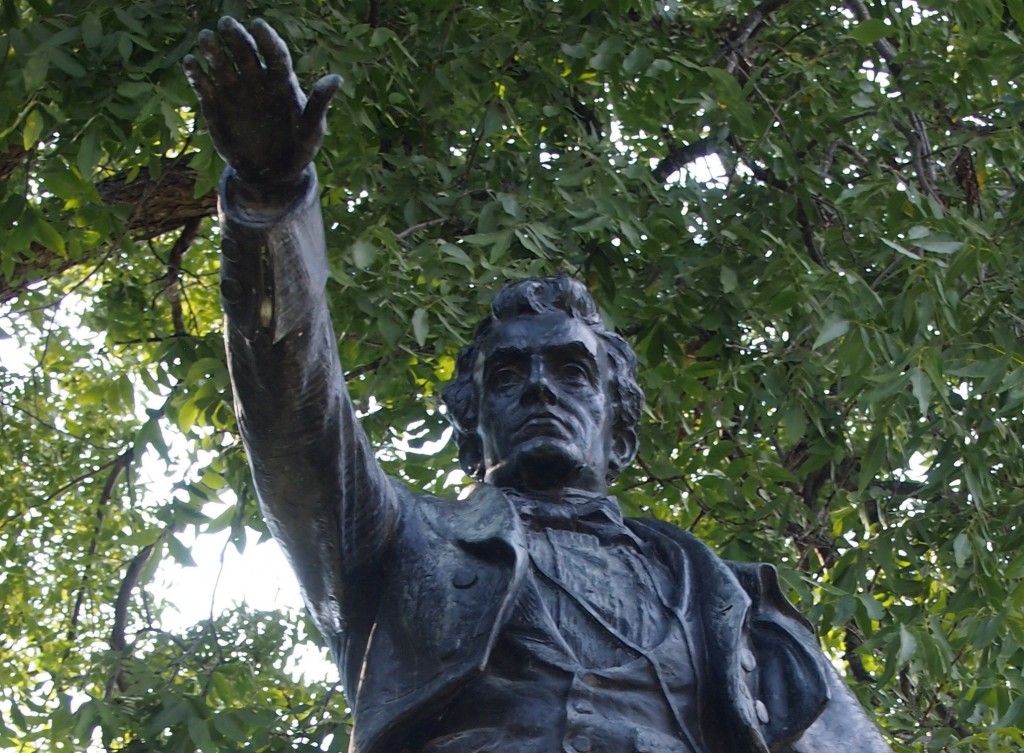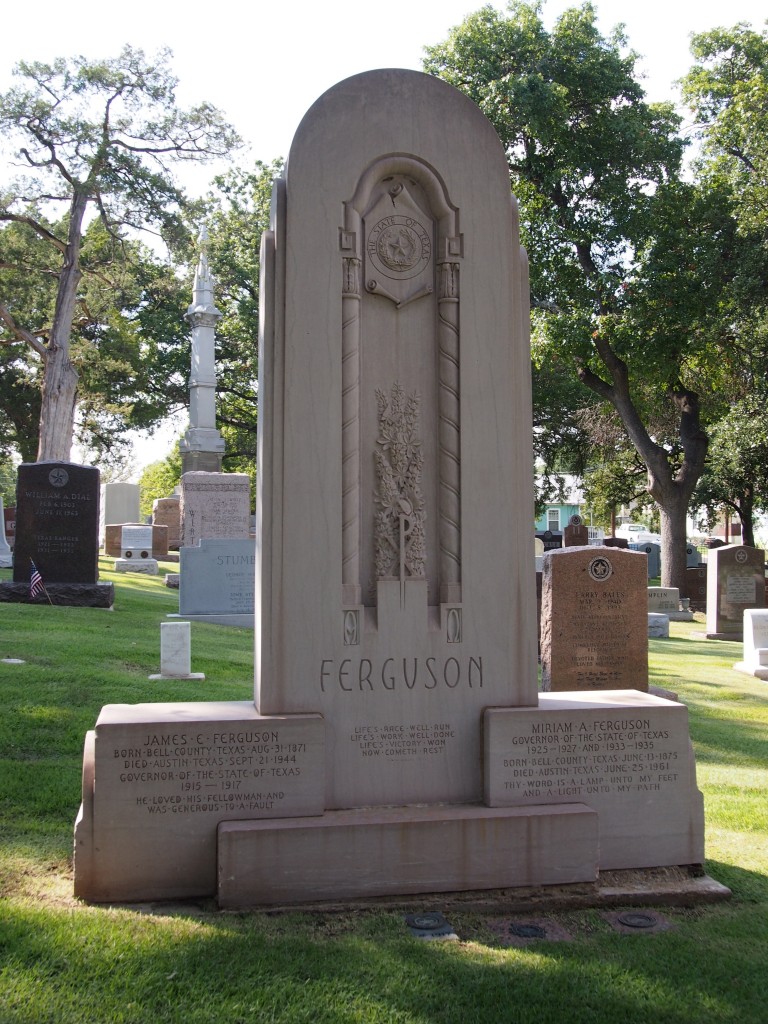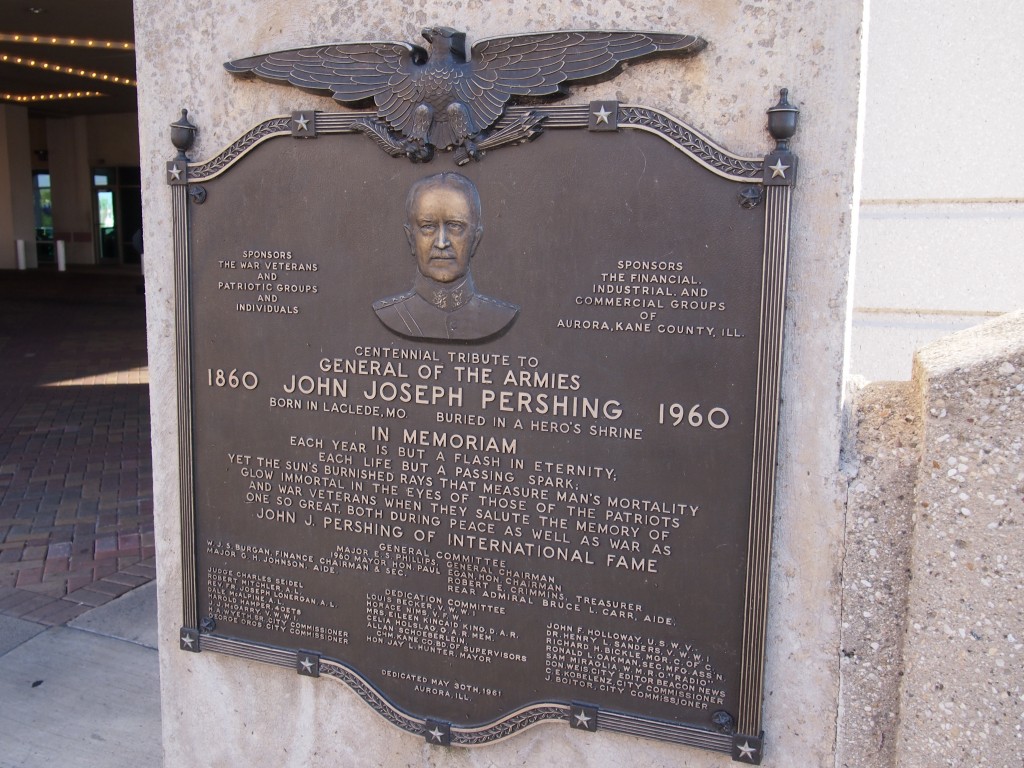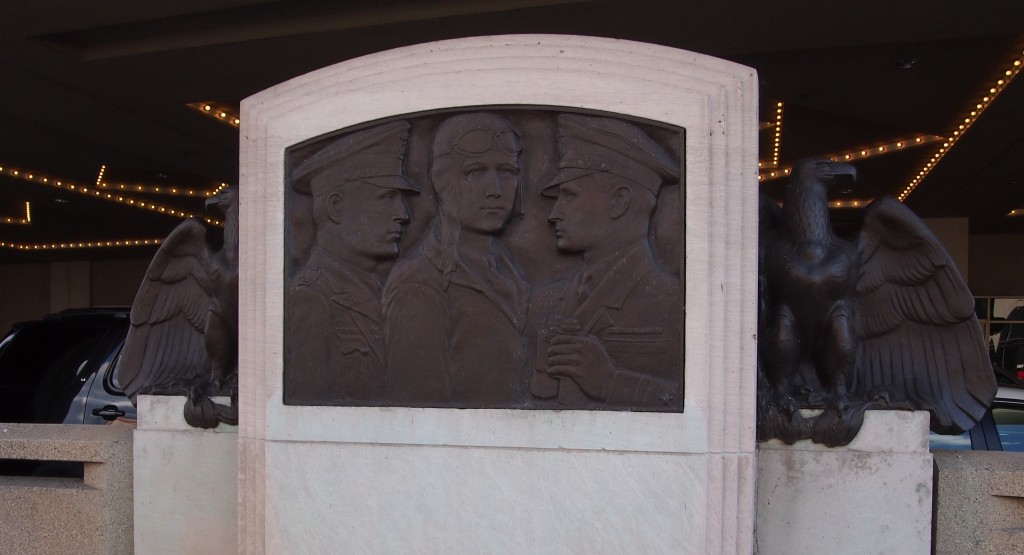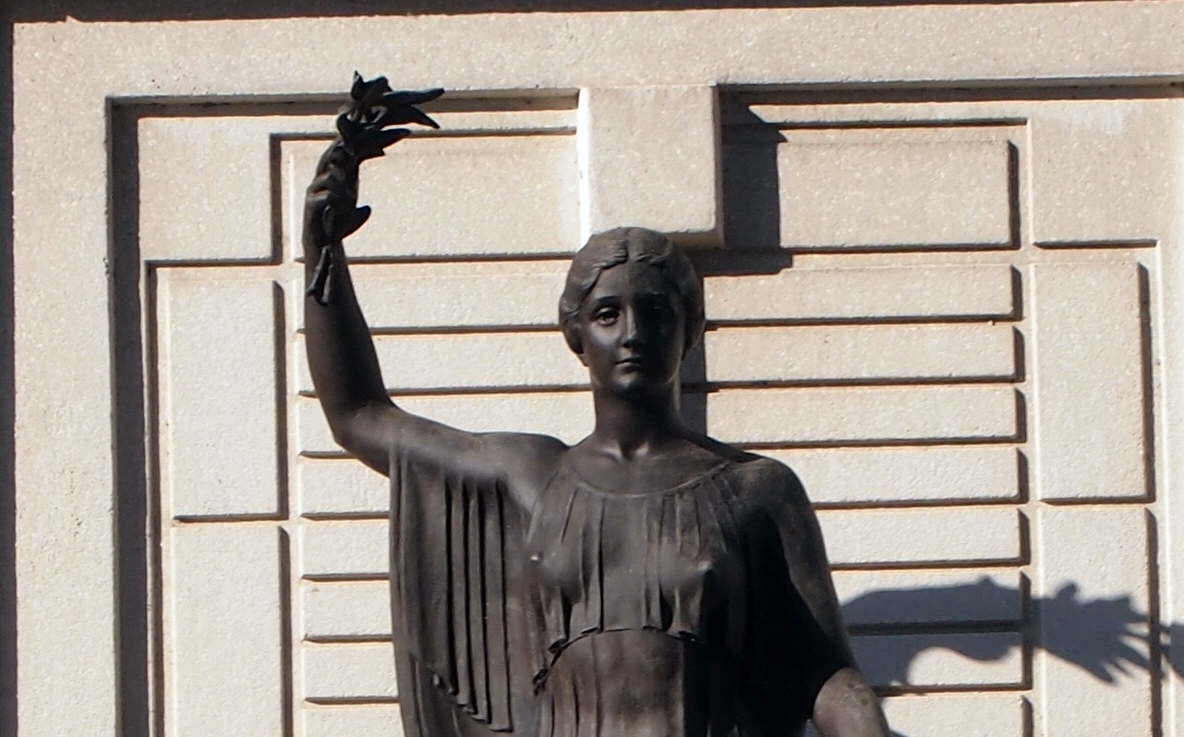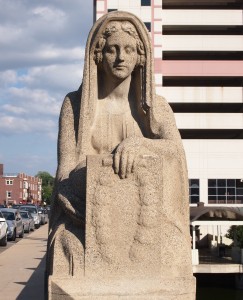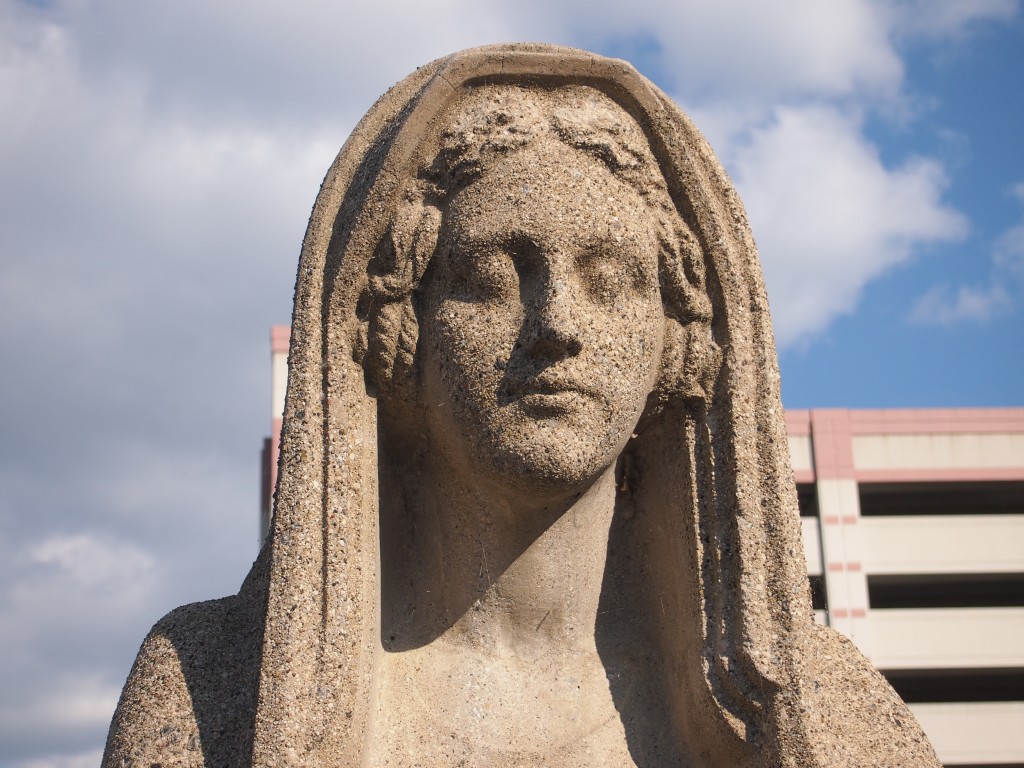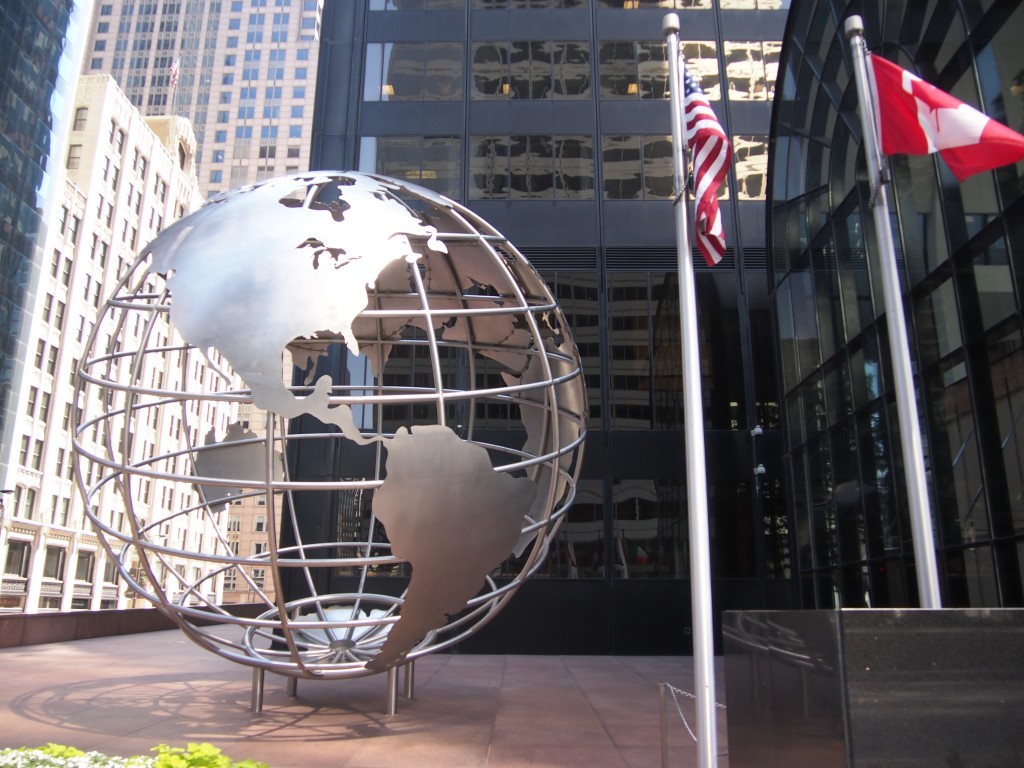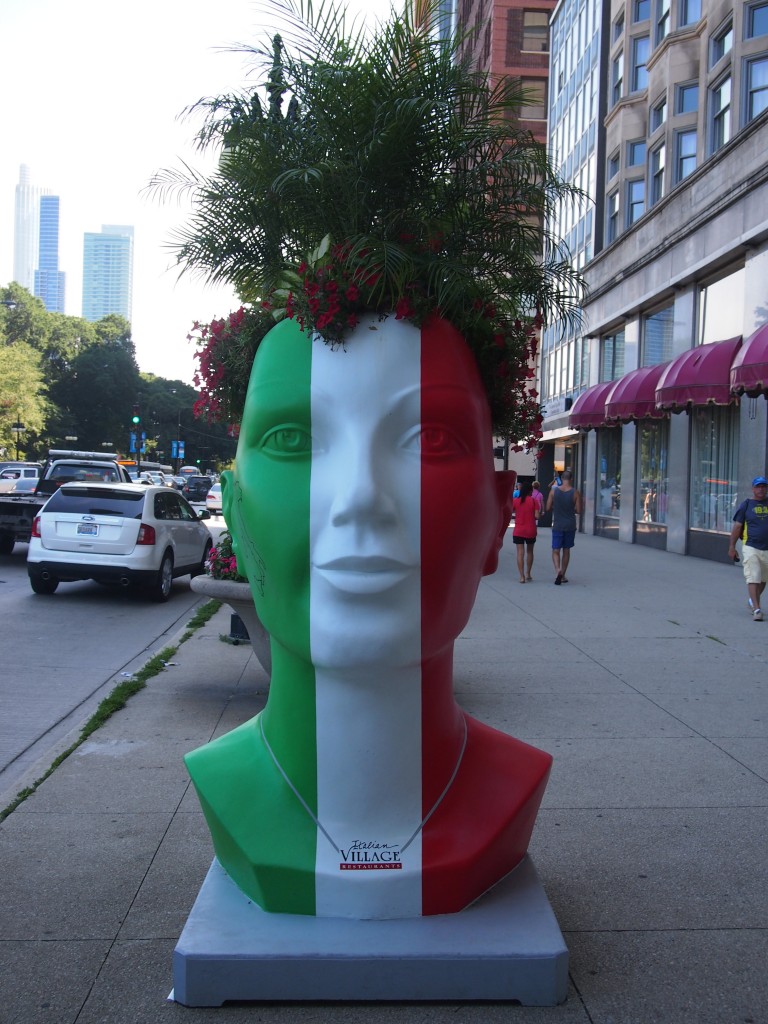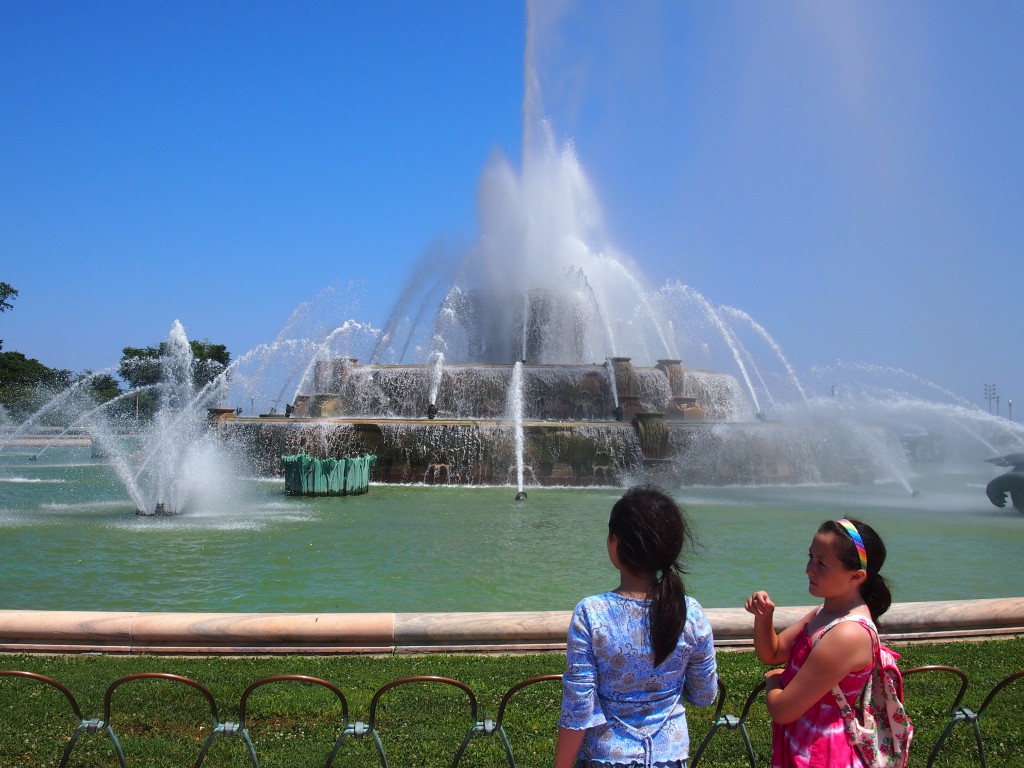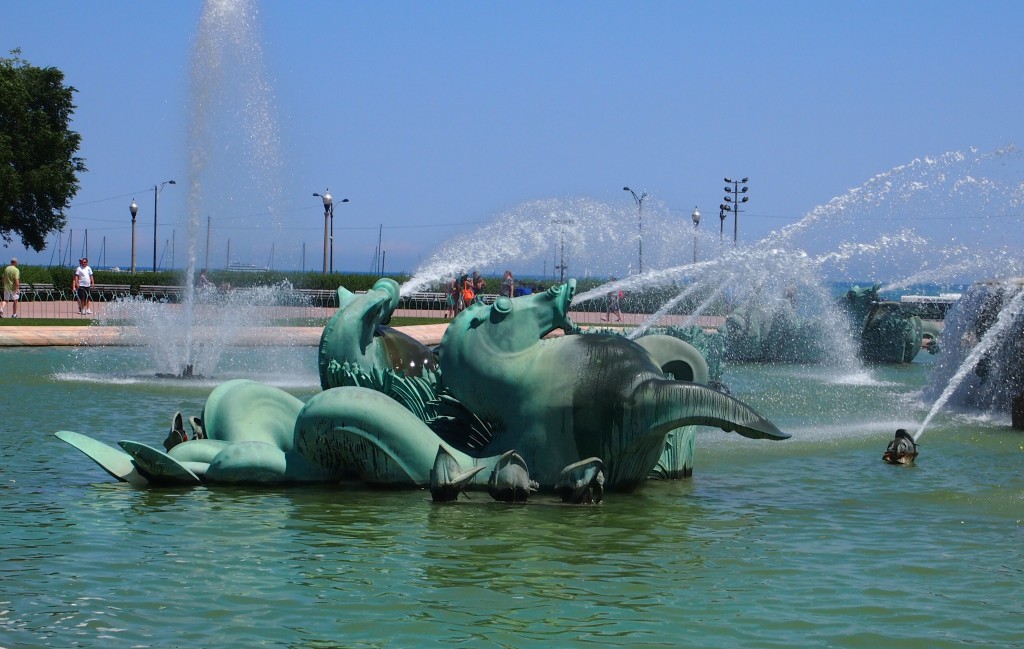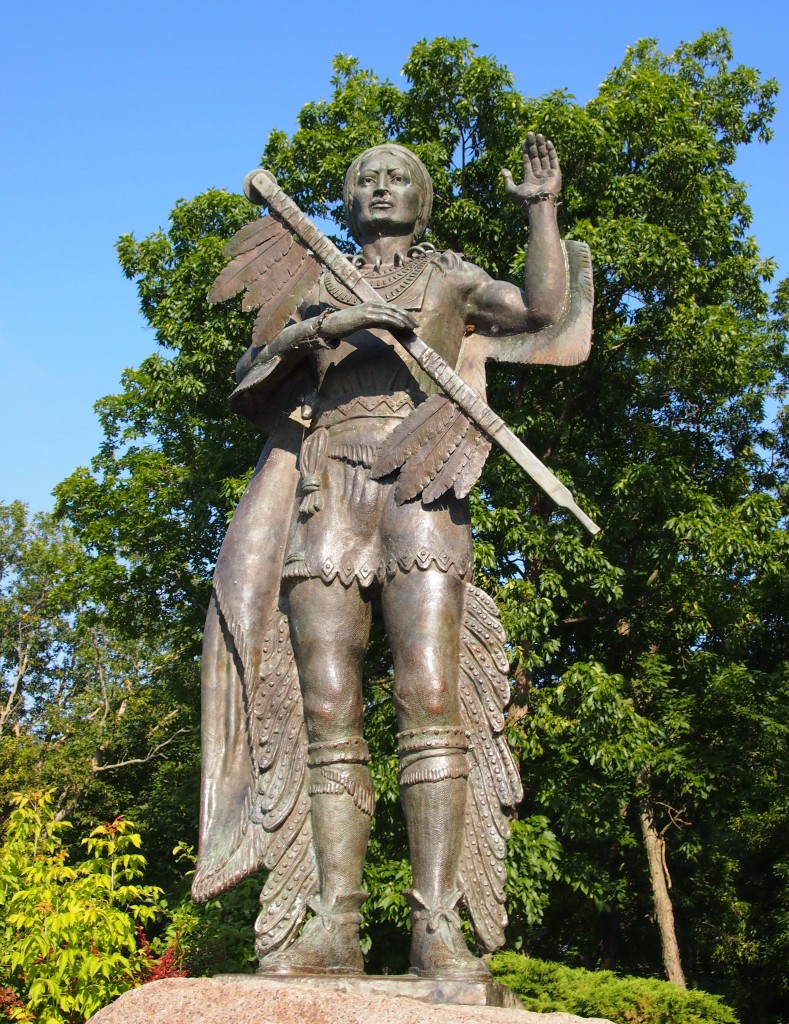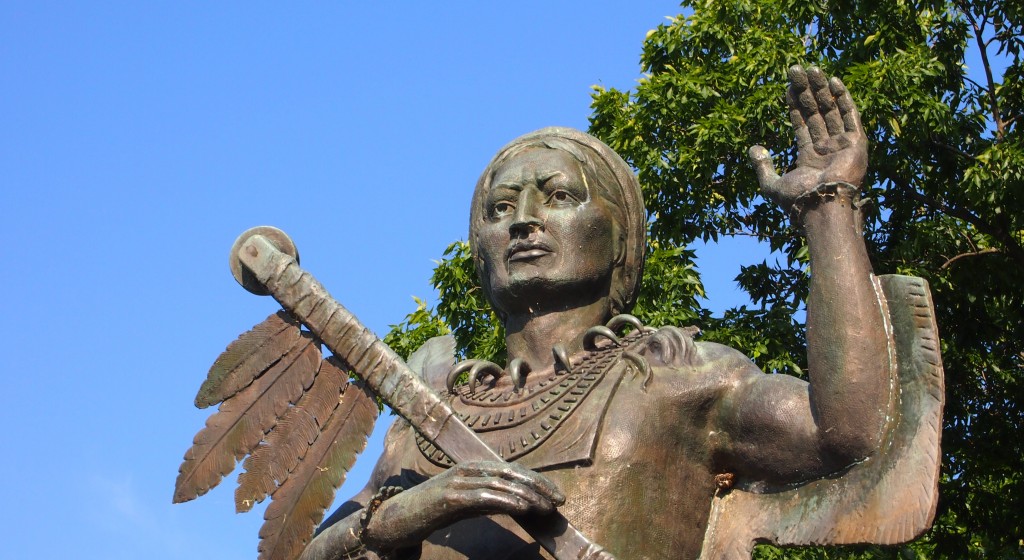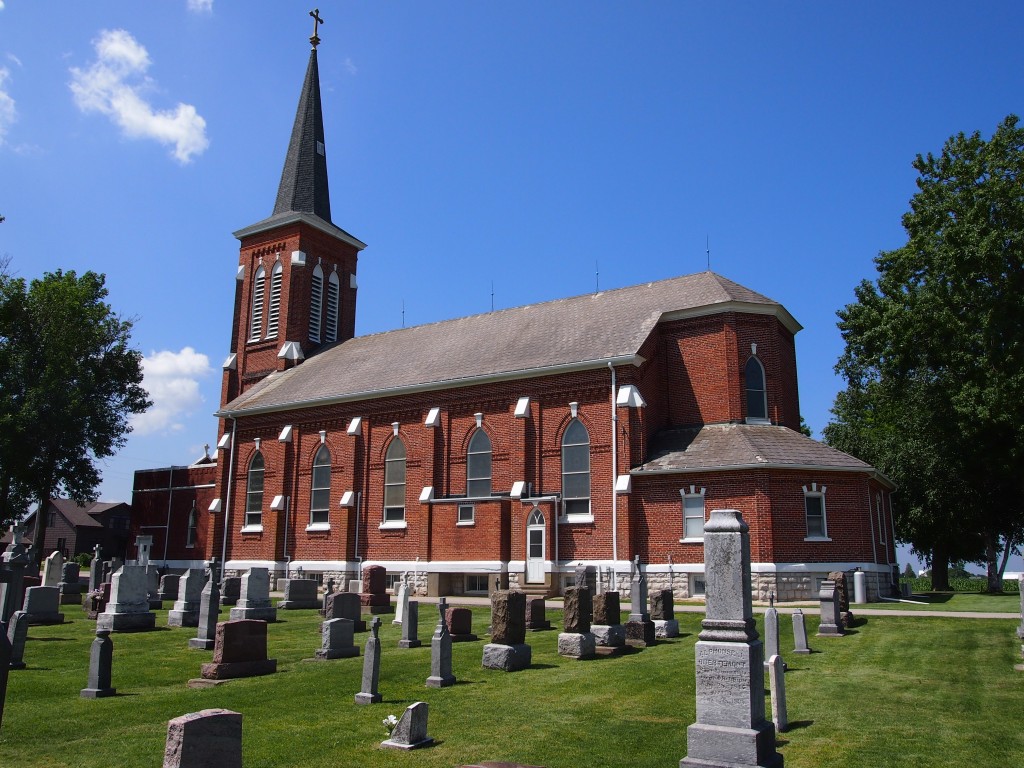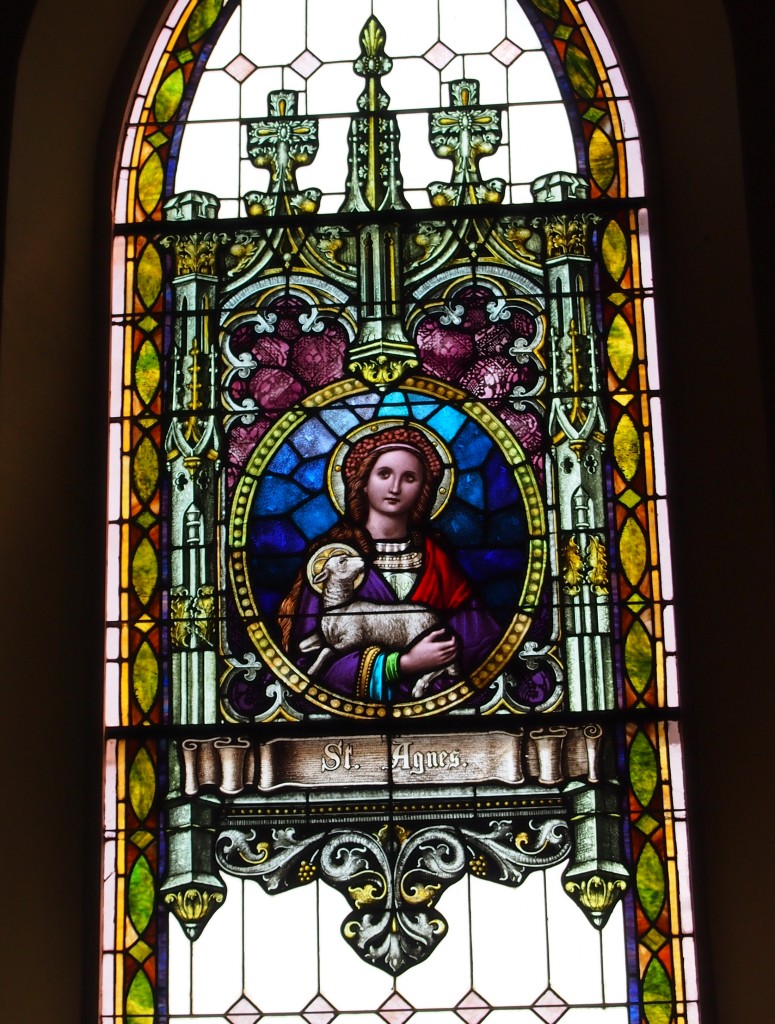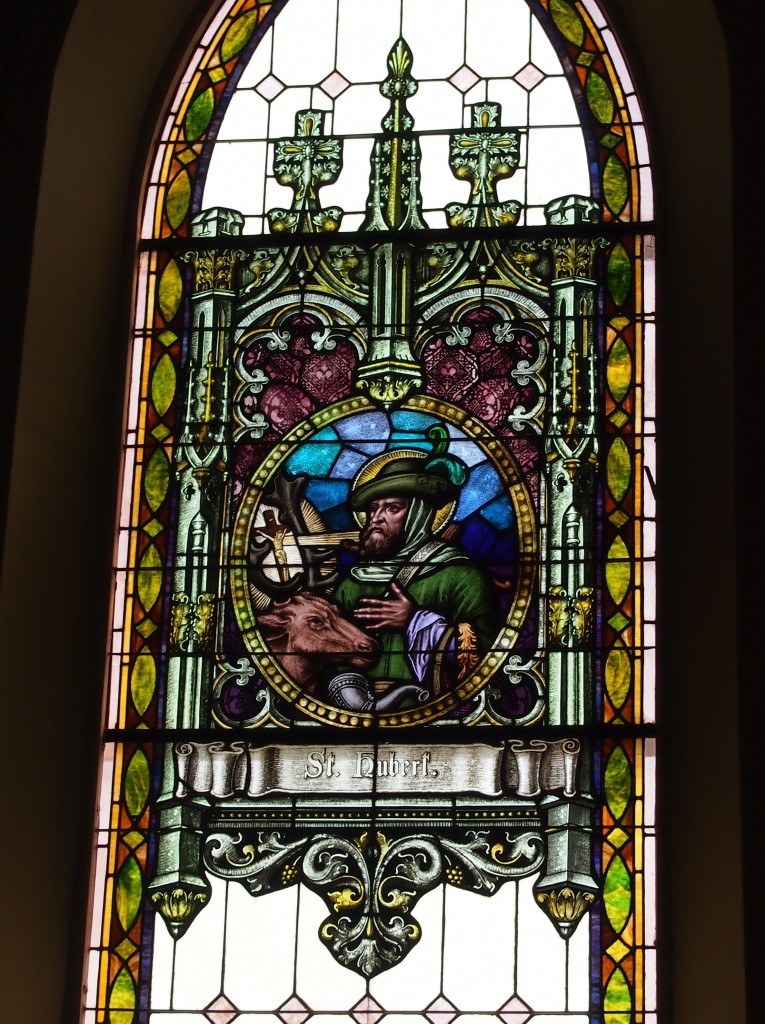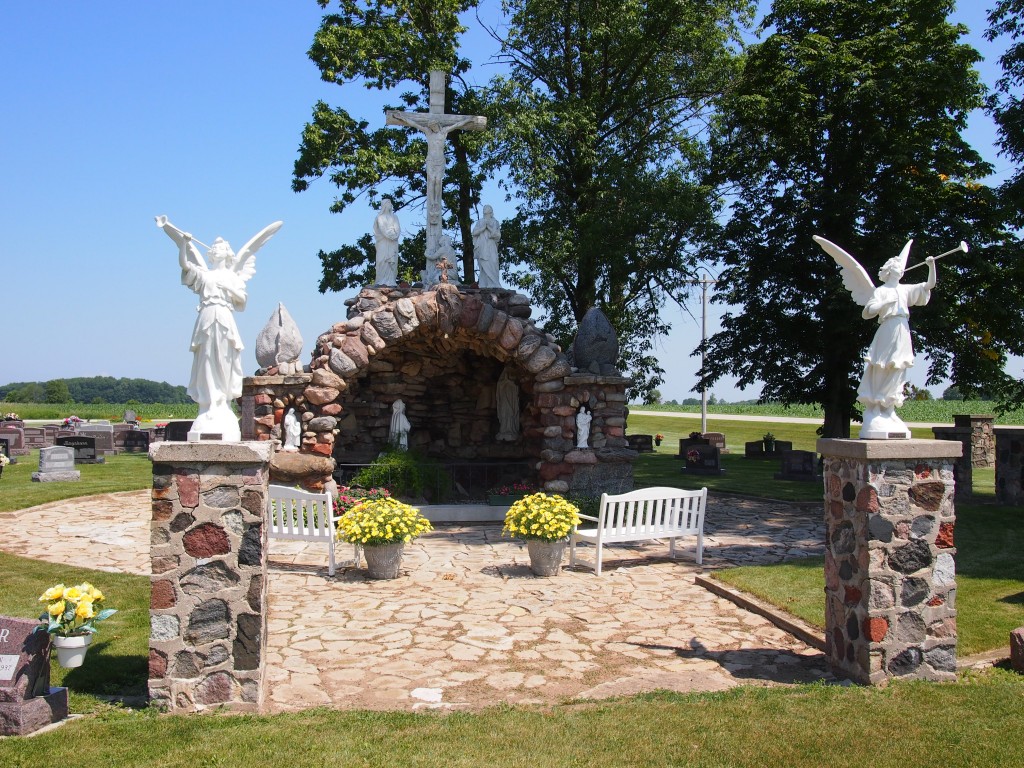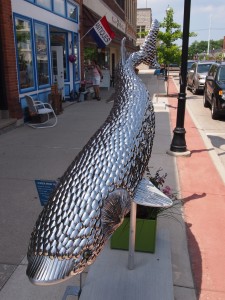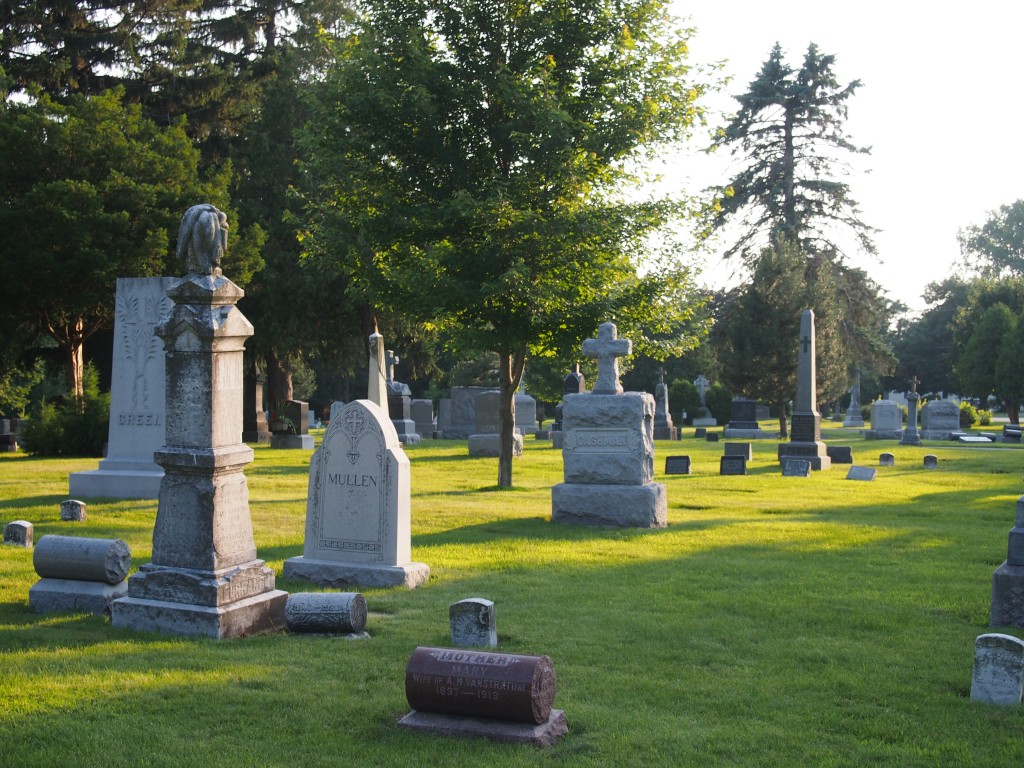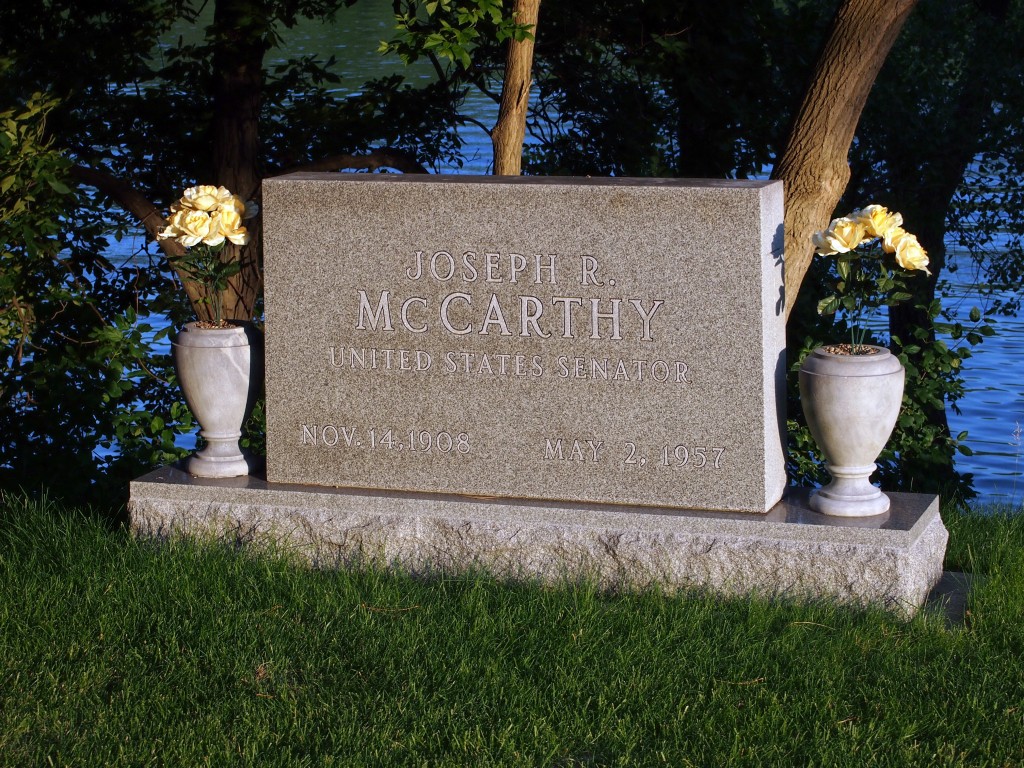There are a lot of notables in the Texas State Cemetery, but who’s more notable for Texas than Stephen F. Austin, especially since Sam Houston is buried somewhere else? Austin’s been in the cemetery in Austin for over 100 years now, reposing under a statue by an Italian sculptor who did most of his work in Texas, one Pompeo Coppini, whose name is conveniently on the base, and who had an interesting career I didn’t know about until I looked him up.
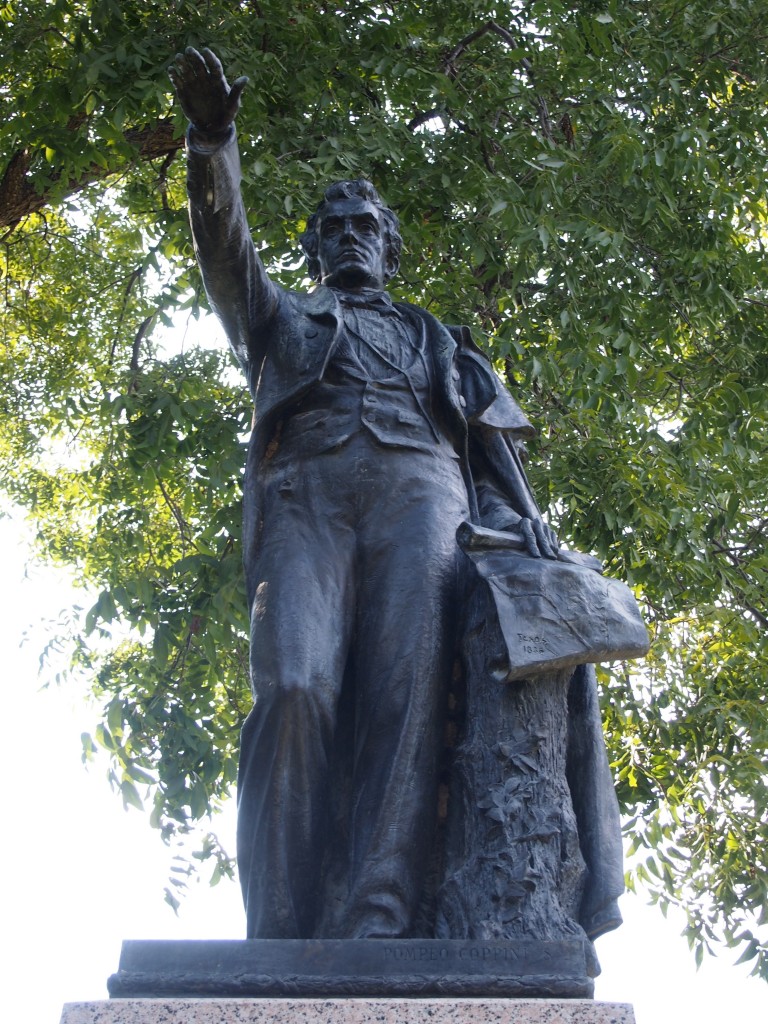 Wonder how many people who know about the city of Austin for its tech industries or music scene or its politics or UT or Keep Austin Weird or its moon towers know even a bit about Austin the man. Anyone who took Texas History in the 7th grade or read Texas History “Movies,” maybe.
Wonder how many people who know about the city of Austin for its tech industries or music scene or its politics or UT or Keep Austin Weird or its moon towers know even a bit about Austin the man. Anyone who took Texas History in the 7th grade or read Texas History “Movies,” maybe.
Coppini gave Austin a determined visage, reaching for the future. Since he died young, at only 43, you have to wonder what he would have done had he lived another 30 years — at the very least held a number of high offices in the republic and the state, as Houston did.
The plaque in front of the figure says:
Stephen Fuller
AUSTIN
“The Father of Texas”
was born in Wythe County, Virginia
November 3, 1793
and died in Brazoria County, Texas
December 27, 1836
Wise, Gentle, Courageous, and Patient
He was the founder
of a mighty commonwealth
He’s actually one of the few full-sized bronzes in the cemetery. Most of the funerary art involves other shapes, such as that of Ma and Pa Ferguson, who are not far from Austin.
James and Miriam Ferguson, that is, who were both governor of the state at various times. My mother remembers them, and I heard about them from her from time to time.
One of the least conventional memorials in the cemetery — or in any cemetery — was this one, to William and Carrin Patman, whom I had to look up. He was a long-time Texas state senator and also spent a while in the U.S. House.
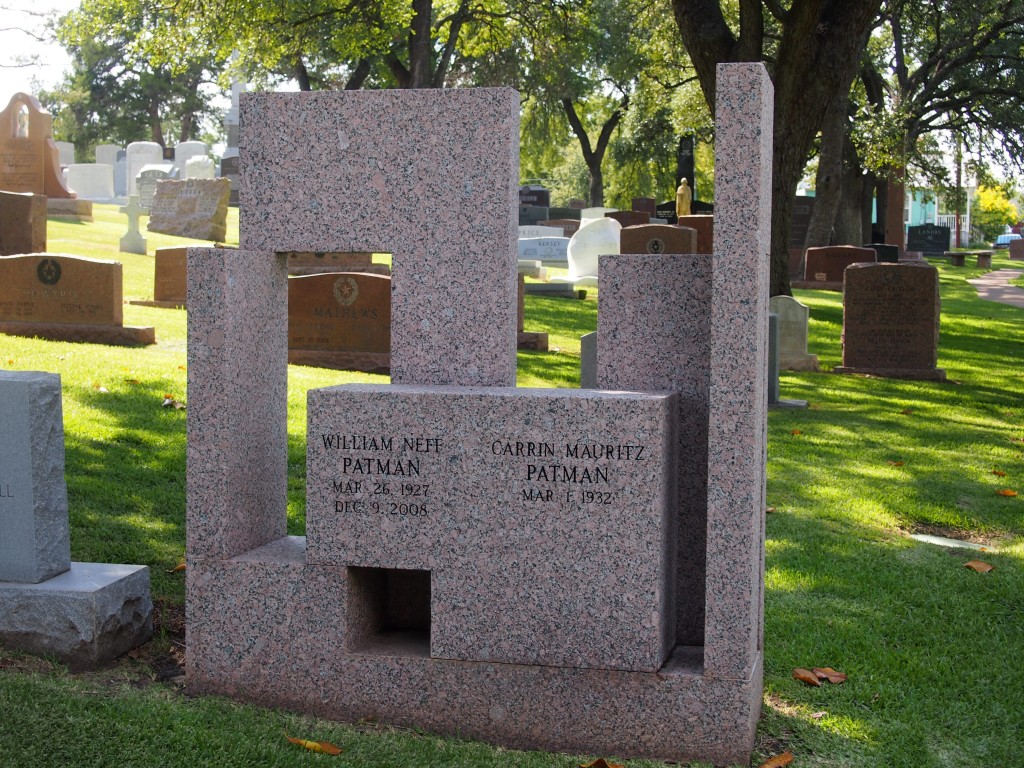 Other notables we spotted on “Republic Hill,” whose centerpiece is the Austin statue, included Walter Prescott Webb, Bigfoot Wallace, Rep. Barbara Jordan, Rep. Jake Pickle, and a few other governors and state officials. Coach Darrell Royal is buried near the road. I hadn’t realized he was dead. His stone features a UT gold ring and the words, “Let’s Give Him Three.”
Other notables we spotted on “Republic Hill,” whose centerpiece is the Austin statue, included Walter Prescott Webb, Bigfoot Wallace, Rep. Barbara Jordan, Rep. Jake Pickle, and a few other governors and state officials. Coach Darrell Royal is buried near the road. I hadn’t realized he was dead. His stone features a UT gold ring and the words, “Let’s Give Him Three.”
